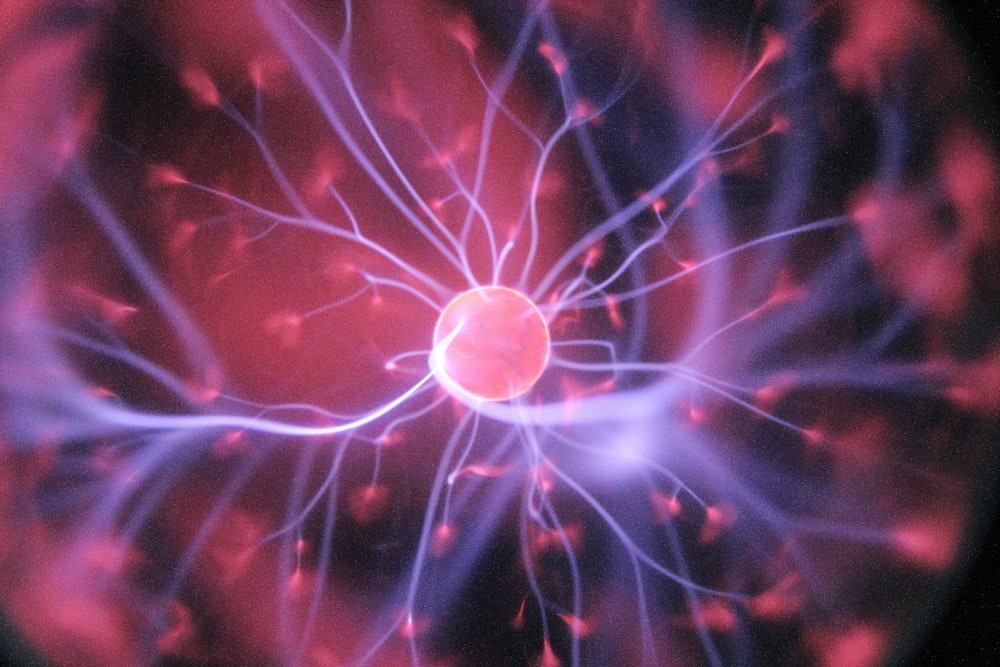String Theory in Simple Words

The biggest dilemma of Einstein’s life represents the search of a unified theory. Scientists all over the world are currently engrossed in the quest of a unified theory where we unify all the laws of physics, be it Quantum mechanics or the Classical physics: all the laws collated in one single framework which could predict anything and everything. Currently, we have multiple theories and suggestions for the unified theory but the very promising and compelling one is “the string theory.”
For all those who would rather watch a video to better understand a topic, here is one by Kurzgesagt – In a Nutshell:
What is string theory?
In physics, string theory represents a theoretical framework in which the point-like particles of particle physics are replaced by one-dimensional objects called strings. For example, take a piece of wood. Inside it you would find millions of atoms bonded together. Inside every atom there is a nucleus. The atomic nucleus consists of nucleons—protons and neutrons. Protons and neutrons are made of quarks. The string theory states that inside quarks there are strings which vibrate at different frequencies causing the property of the substance.
How does it unify all the physics laws?
In physics we have four fundamental laws that underpin the universe: gravity, electromagnetism, strong nuclear force and weak nuclear force. Gravity is described by Einstein’s beautiful mathematics of curved space and time. But the other three forces are written in the language of quantum mechanics. And these two methods are completely incompatible. Presently the string theory says: Various vibrations of this stringy stuff correspond to each of the fundamental particles producing the properties of gravity, light and other elementary substances and laws. Consider these strings like the strings of guitar. Every unique vibration results in a unique musical note. Similarly, the vibrations of the strings causes the unique property of matter and the forces.
The problem with string theory
The mathematics of string theory is a little strange, and in placing the pieces together, physicists needed to add more and more dimensions of space to make their theories work, many more than the three we experience in our everyday lives. For the string theory to work, we don’t merely need to put four dimensions but 11 dimensions! The reason is that in three dimensions the strings won’t have enough room to wiggle and bring about the unique property.

Theory of dimmensions
The very idea of extra dimensions dates back to the 1900s when a German mathematician named Theodore Kalua suggested a very bold and in some ways very bizarre idea. He proposed that our universe might actually have more than the three dimensions that we are all aware of that is in addition to left-right back-forth and up-down. The very logical question following this bold statement would be- “If there are extra dimensions then where are they”
It’s a possibility that the dimensions might come in two varieties. There might be big easy to see dimensions but there might also be tiny curled up dimensions curled up so small even though they’re all around us that we don’t see them.
For example consider bacteria on a paper. For the bacteria, the page would be three-dimensional as it would have height, width and length but for us it is only two-dimensional. So it could be true that the dimensions are curled up so small that our naked eyes or even our best microscopes cannot observe them. But in contrast, it might also be true that they are actually too large for us to observe. They might be as big as our observable universe. For example, let’s take a cuboid the size of a room and place a bacteria in the middle of the wall. From the bacteria’s perspective it is on a two-dimensional surface but from a third perspective, it’s actually a three-dimensional shape. We might be living in a small part of the ten/eleven dimensional shape which is so huge that we comprehend it as only three-dimensional. It could be just like a person locked in an extremely large three-dimensional room. He would say that even the world outside his room is three-dimensional but in reality it could be a ten dimensional world with him embedded in a small part of that world. It’s only after we take a fresh perspective to things, we can notice the hidden answers.
String theory books
- The Elegant Universe by Brian Greene
- The Little Book of String Theory by Steven S. Gubser
- A First Course in String Theory by Barton Zwiebach
- The Trouble with Physics: The Rise of String Theory, the Fall of a Science and What Comes Next by Lee Smolin
- Hyperspace: A Scientific Odyssey by Michio Kaku
Conclusion
Some physicists feel that the theorists on the string theory bandwagon are heading down a dead-end path in the search for ultimate physics, and others feel it’s very promising. In fact, we absolutely don’t know. We don’t know if any of our ideas are truly inching a way towards the ultimate theory, or if a completely alternative approach is required.
In fact, we simply don’t know if a grand unified theory barely exists.
But this will not stop physicists from pursuing their search.
Also read:
- Parallel Universe: We Might Be Living in an Alternate Reality!
- How NASA Chose the First Astronauts to Walk on the Moon
- What is Celestial Navigation?
Would you like to receive similar articles by email?






One Comment
Ankur tiwari
Okay that was some really good explanation. I had been struggling to find a good comprehensive and easy to understand description of string theory after listening to brian green’s youtube video. Thanks bro